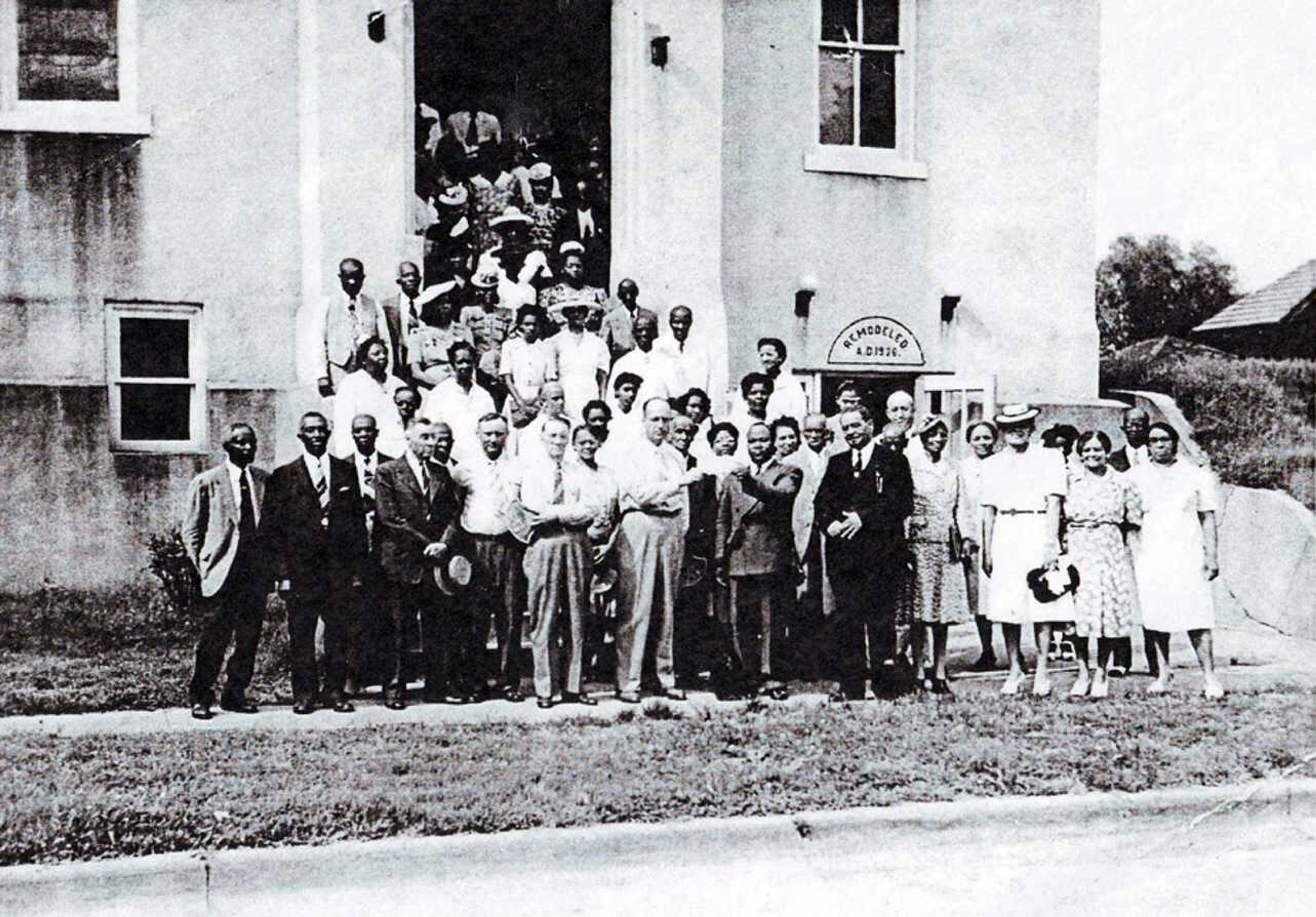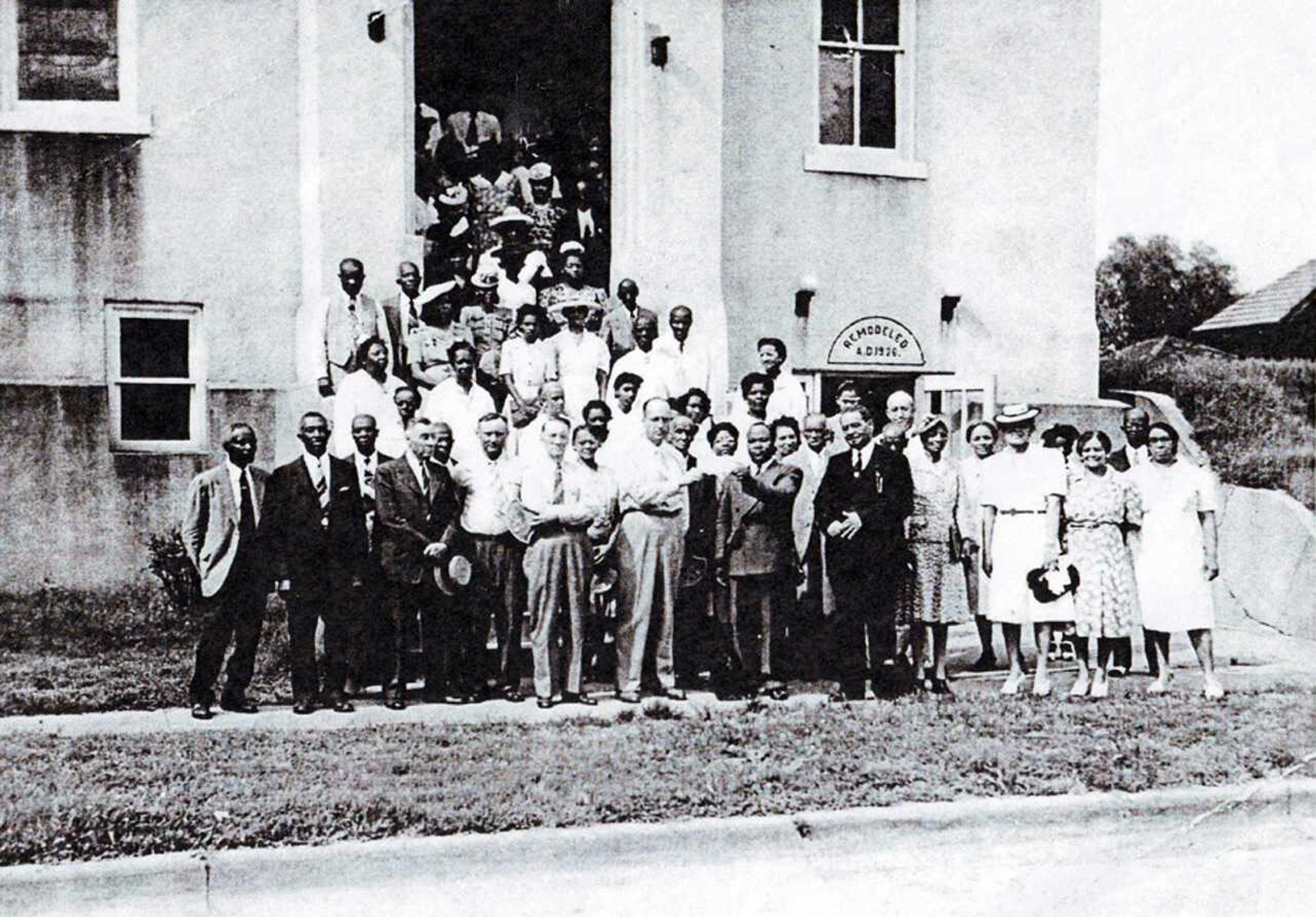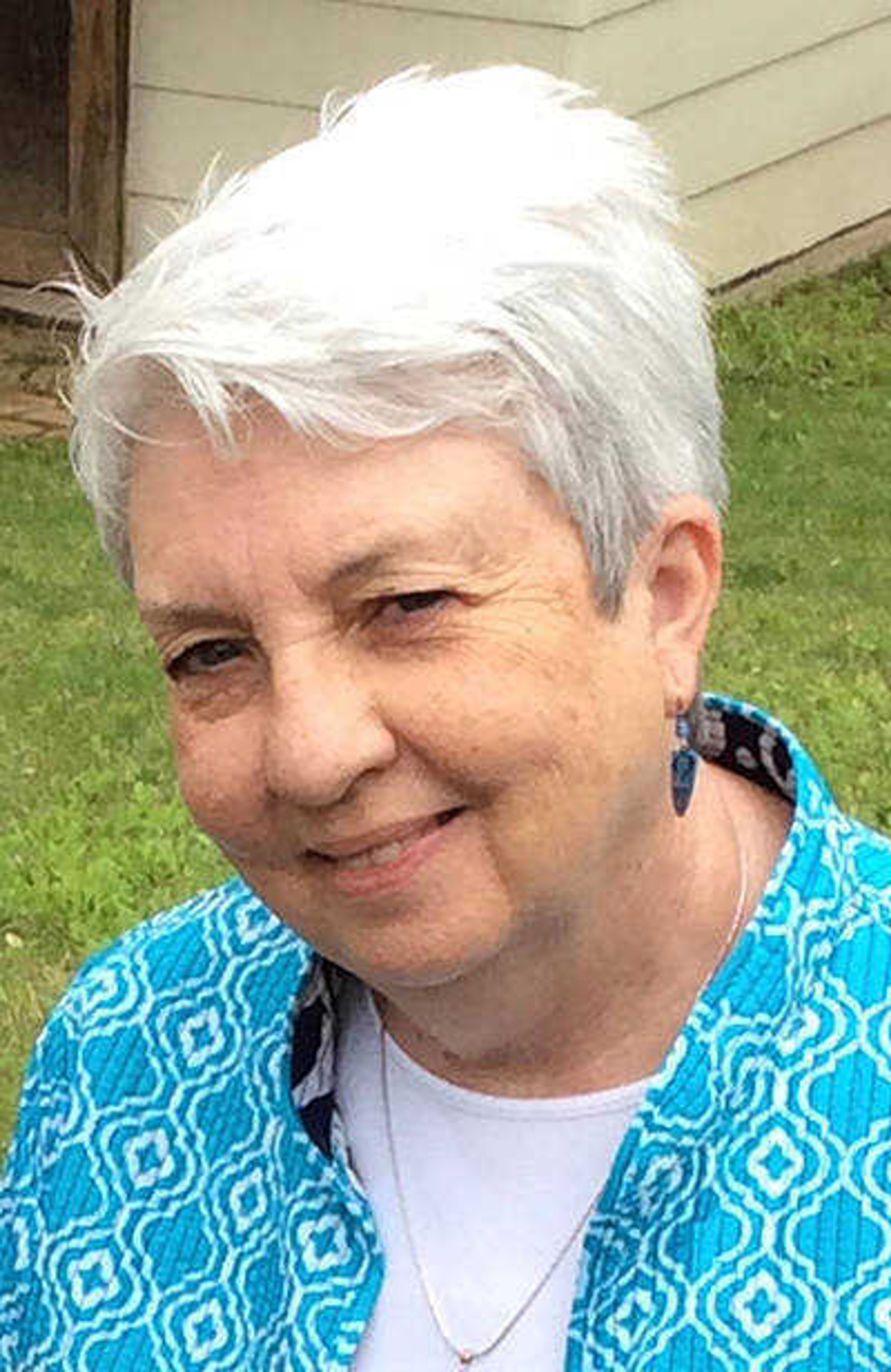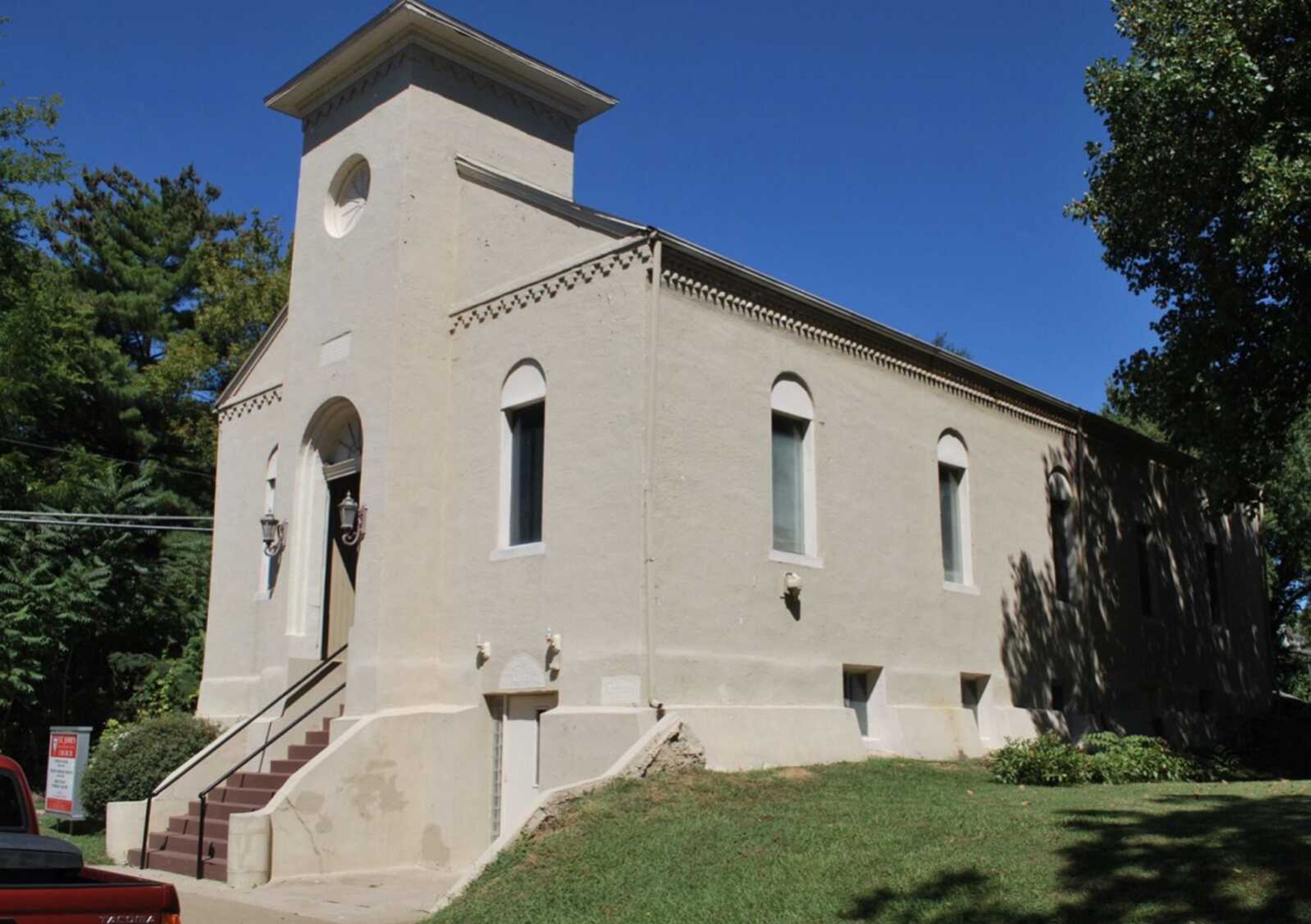St. James AME: 160 years, bold and blessed
Deep and wide is the influence of St. James African Methodist Episcopal (AME) Church of Cape Girardeau observing its 160th anniversary this summer. President Abraham Lincoln's Emancipation Proclamation freed the enslaved in the states in rebellion, but not in Missouri. Occupied by Union soldiers, Cape Girardeau was under martial law, southern-leaning citizens were greatly disadvantaged, and Black men and families, who fled enslavement, found refuge in the city...
Deep and wide is the influence of St. James African Methodist Episcopal (AME) Church of Cape Girardeau observing its 160th anniversary this summer.
President Abraham Lincoln's Emancipation Proclamation freed the enslaved in the states in rebellion, but not in Missouri. Occupied by Union soldiers, Cape Girardeau was under martial law, southern-leaning citizens were greatly disadvantaged, and Black men and families, who fled enslavement, found refuge in the city.
Summer 1863 was a time of great danger and uncertainty. A time pregnant with promise of a new day, not yet arrived.
In June, at our Common Pleas Courthouse, Black men were allowed to enlist as Union soldiers. They trained, were armed and would deploy in weeks to come.
In August, amid society's upheaval, God planted a seed among four men to initiate a Black-led faith community in the AME tradition. It was a truly bold and unprecedented claim of Black rights-to-faith in the antebellum culture of Cape Girardeau.


St. James' founders -- the Rev. Winston (Johnson) and Jessie (Johnson) Stanton -- had been enslaved locally by John Johnson, but were granted or purchased their freedom in the 1850s. Samuel Newlin, born in North Carolina, was also free and, after the war, was teacher for Cape Girardeau's first Black school. The Rev. Moses Burk, formerly enslaved in Kentucky, represented the Kentucky Conference and would later return to Paducah.
The spiritual and social courage of these men set the lasting example of self-determination and freedom. The same courage has guided the congregation through the years to embrace their God-shaped mission -- for an independent, Black-led congregation, ministering to the spiritual and physical needs of their community.
Freedom in Missouri came in 1865. Returned U.S. Colored Troop veterans and families were early St. James church members, notably pastors the Rev. Spotswood Rice (1875-76) and the Rev. Charles Hunter (1889-93). Rice, an audacious and ambitious leader for his people, arrived as St. James' pastor in 1875 and challenged the congregation to acquire land and build. He contributed the first dollar, engaged builders, solicited materials and donations. Hunter's pastorate (1889-93) marked a time of growth, community advocacy and building expansion.
Since construction in 1875, church members have used their resources to uplift the community. Beyond worship, St. James' building was the gathering space for Cape Girardeau's Black school (1875-1890), J.S. Cobb School commencement (1890-1950s), the Negro Civic League (1910s), the local NAACP (from 1919), annual sermons for fraternal lodges and auxiliaries; Colored Community Club (which, in the 1920s, advocated for Black representation on the school board and police force, as well as access to public pools); the Black Red Cross (1927), the city's first MLK Day commemorations, and in the 2020s, providing for the unhoused and food-insecure.
Sixty years after its founding (1923), Pastor J.W. Curry wrote of the church's progress for the Southeast Missourian. He reported 163 members, on mission through Sunday School, Allen Christian Evangelical League, stewards/stewardess boards, trustees and helpers, a missionary society, a sewing circle, 12 class leaders and a junior church. Twenty-six conversions had been recorded that year.
St. James AME has led the way throughout Cape Girardeau's Black church history, with Christ's example to meet need. As our city's oldest, continuous-in-use Protestant church, the building leaks, creaks and groans. Decades of repairs, donations, ingenuity and financial sacrifice -- miraculous blessings -- have kept the facility practical and functional. Challenges face the congregation today, but by faith, their priority remains -- to love God and people -- in the tradition of 160 years of St. James AME members who have gone before.
Connect with the Southeast Missourian Newsroom:
For corrections to this story or other insights for the editor, click here. To submit a letter to the editor, click here. To learn about the Southeast Missourian’s AI Policy, click here.











